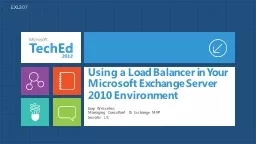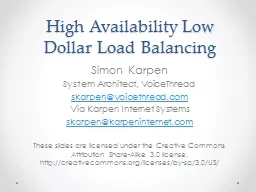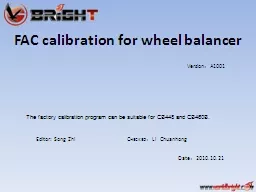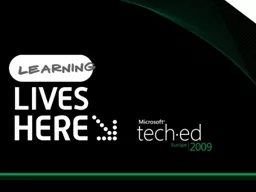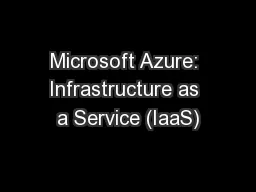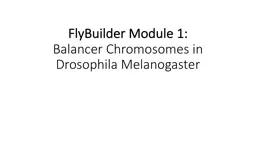PPT-Using a Load Balancer in Your Microsoft Exchange Server 201
Author : liane-varnes | Published Date : 2015-12-10
Jaap Wesselius Managing Consultant amp Exchange MVP Inovativ UC EXL307 About the Speaker Jaap Wesselius Managing partner Inovativ UC Author of Exchange 2010
Presentation Embed Code
Download Presentation
Download Presentation The PPT/PDF document "Using a Load Balancer in Your Microsoft ..." is the property of its rightful owner. Permission is granted to download and print the materials on this website for personal, non-commercial use only, and to display it on your personal computer provided you do not modify the materials and that you retain all copyright notices contained in the materials. By downloading content from our website, you accept the terms of this agreement.
Using a Load Balancer in Your Microsoft Exchange Server 201: Transcript
Download Rules Of Document
"Using a Load Balancer in Your Microsoft Exchange Server 201"The content belongs to its owner. You may download and print it for personal use, without modification, and keep all copyright notices. By downloading, you agree to these terms.
Related Documents

